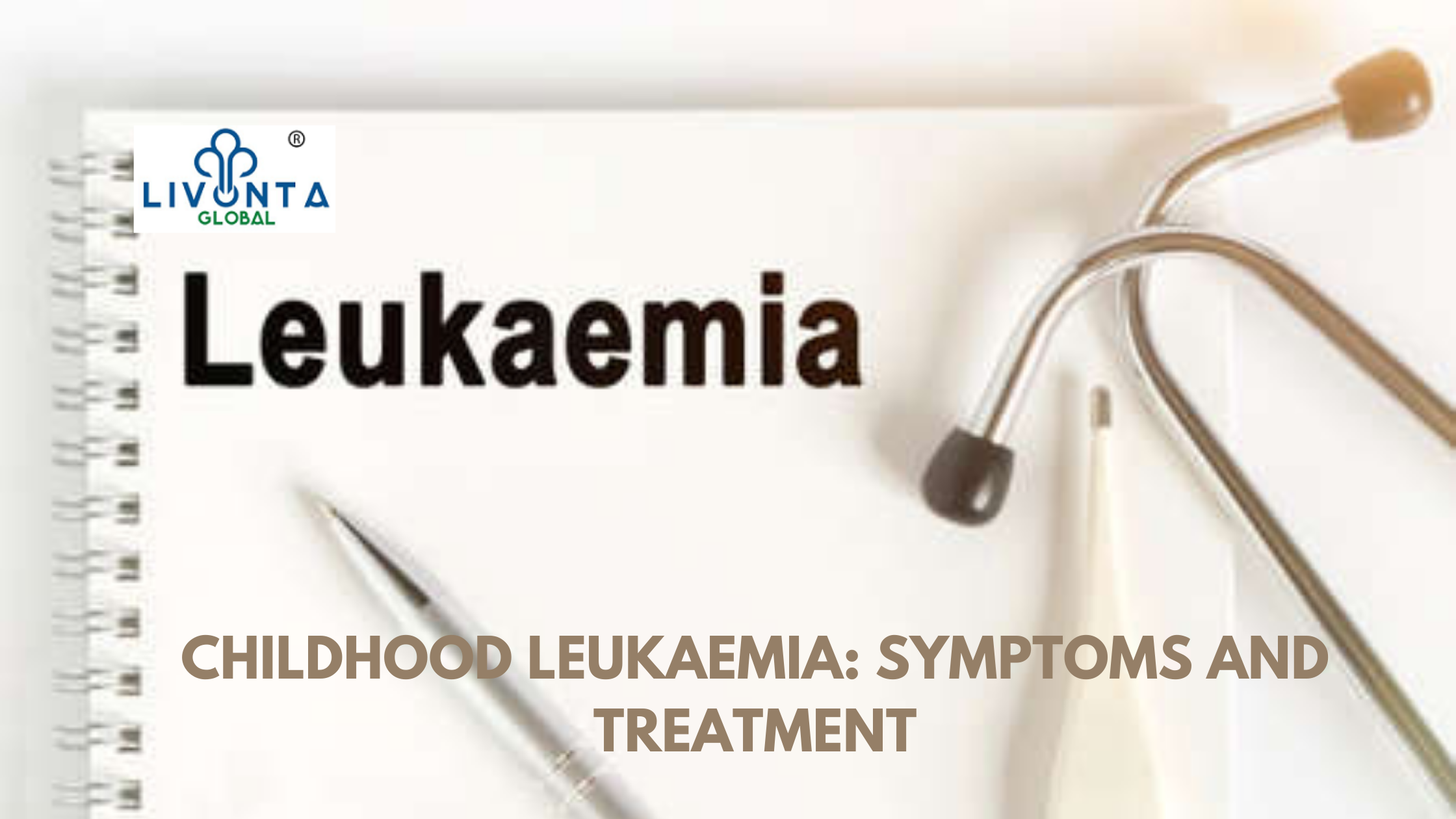
Childhood Leukaemia: Symptoms and Treatment
Leukaemia is the most common type of childhood cancer that accounts for 29% of cancers in children aged 0-14 years. Leukaemia is a cancer of white blood cells where anomalous white blood cells form in the bone marrow. These white blood cells then travel through the bloodstream and replace healthy cells. This leads to infection and other health problems. Though leukaemia is a common childhood cancer, still, many children and teens are combating this cancer successfully. Many best cancer treatment hospitals in India are also offering unparalleled cancer treatment for leukaemia.
Things that Make Your Child More Susceptible to Leukaemia
Though doctors couldn’t find the exact causes for childhood leukaemia, still, some factors may enhance the chances of getting it.
- An inherited disorder like Li-Fraumeni syndrome, Down syndrome or Klinefelter syndrome
- An inherited immune system disorder such as ataxia-telangiectasia
- A brother or sister who is suffering from leukaemia, especially an identical twin
- If exposed to high levels of radiation, chemotherapy or chemicals such as benzene (a solvent)
· A history of immune system suppression such as organ transplant.
Types of Childhood Leukaemia
Acute lymphoblastic leukaemia (ALL): This is also called acute lymphocytic leukaemia. This is the most common type (for 3 out of every 4 cases of childhood leukaemia) of leukaemia.
- Acute myelogenous leukaemia (AML): This is the next most common type of childhood leukaemia.
- Hybrid or mixed-lineage leukaemia: This rare type of leukaemia possesses features of both ALL and AML.
- Chronic myelogenous leukaemia (CML): This is rare in children.
- Chronic lymphocytic leukaemia: This is also very rare in children.
· Juvenile myelomonocytic leukaemia (JMML): This is a rare type that is neither chronic nor acute and mostly found in children under age 4.
Symptoms of Childhood Leukaemia
The good thing is that early diagnosis can lead to more successful treatment. Symptoms may become prominent when leukaemia cells crowd out normal cells. Some common signs and symptoms are,
- Fatigue or pale skin
- Infections and fever
- Easy bleeding or bruising
- Extreme fatigue or weakness
- Shortness of breath
- Coughing
Some other symptoms are,
- Bone or joint pain
- Swelling in the abdomen, face, arms, underarms, sides of the neck, or groin
- Inflammation above the collarbone
- Loss of appetite
- Abrupt weight loss
- Headache, seizures, balance problems, or abnormal vision
- Vomiting
- Rashes
- Gum problems
How to Diagnose Childhood Leukaemia?
After evaluating your condition, the doctor will conduct some tests and will do a thorough physical examination. Initial tests may include,
- Blood tests to measure the number of blood cells and see how they appear
- Bone marrow aspiration and biopsy, usually taken from the pelvic bone to confirm a diagnosis of leukaemia
- Lumbar puncture or spinal tap to check for the spread of leukaemia cells in the fluid.
Treatment for Leukaemia
Due to the advent of the latest technology and treatment, the survival rates for the most common types of childhood leukaemia are increasing day by day. Childhood cancers respond better to treatment than adult cancers do. Some common treatment methods for leukaemia are,
- Chemotherapy: this is the prime treatment for childhood leukaemia. Your child will receive anti-cancer drugs either by mouth or into the vein or the spinal fluid. To prevent reoccurring leukaemia, maintenance therapy is prescribed over 2-3 years.
- Targeted therapy: Doctors often prescribe targeted therapy for childhood leukaemia. As the name suggests, this therapy targets specific areas of cancer cells. This therapy works differently from chemotherapy and the side effects are also minimal. Targeted therapy is affected for certain types of leukaemia.
- Radiation therapy: In this therapy, high-intensity radiation is used to kill cancer cells and it shrinks the size of the tumour. This also prevents the spread of leukaemia to other parts of the body. But surgery is a rare option to treat childhood leukaemia.
- Stem cell transplant: If traditional therapies are not effective in treating leukaemia, then a stem cell transplant could be the best option. This treatment involves a transplant of blood-forming stem cells after whole-body radiation combined with high-dose chemotherapy. Radiation therapy is used to destroy the child’s bone marrow.
- Gene therapy: FDA also recommends a type of gene therapy for children and young adults (up to age 25) whose B-cell ALL doesn’t get better with other types of treatment methods. CAR T-cell therapy uses some of your own immune cells known as T cells to treat your cancer. During this treatment, the doctors take out the cancerous cells from your body and replace them with new cells. These new cells work properly and they are used to find and kill cancer cells.
Do you want to treat your child’s leukaemia so that he/she can lead a healthy and happy life? In this context, you may get in touch with Livonta Global. Livonta Global is partnered with many reputed and best cancer treatment hospitals in India that offer the best cancer treatment in India to patients at an affordable rate.
For more details, please visit the official website of Livonta Global.
Cancer Treatment
Tags: best cancer hospitals and treatments, best cancer treatment India, best cancer treatments in India

